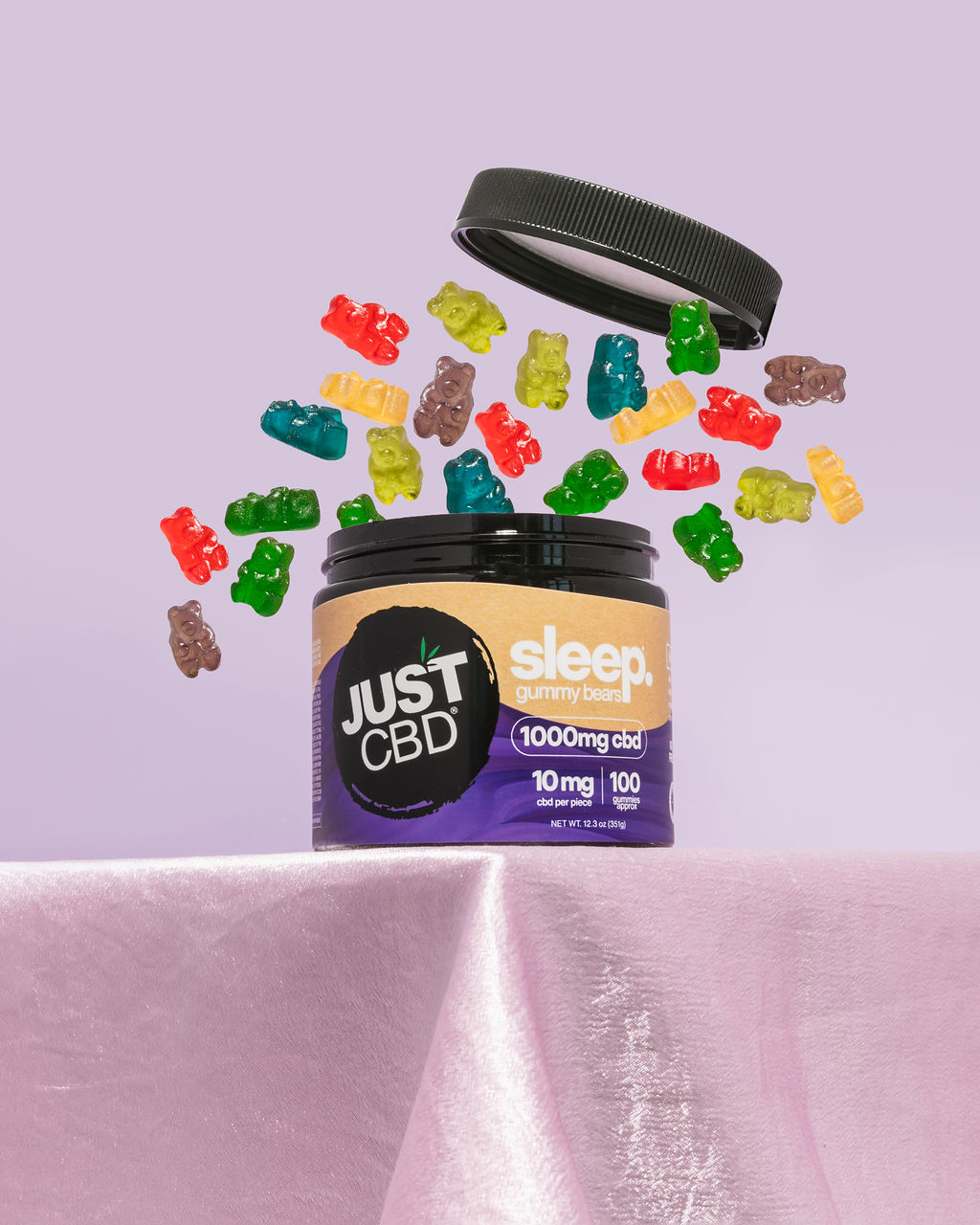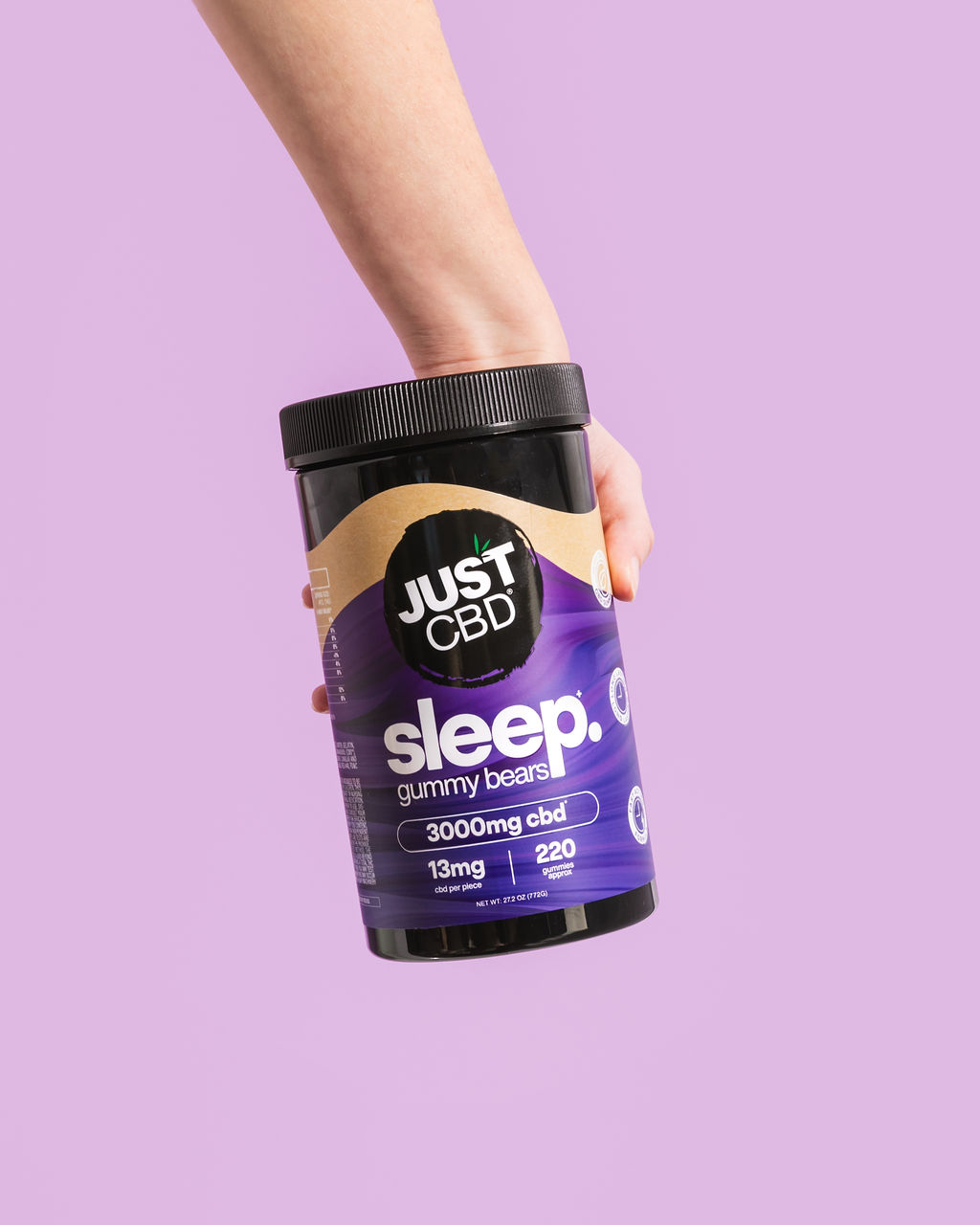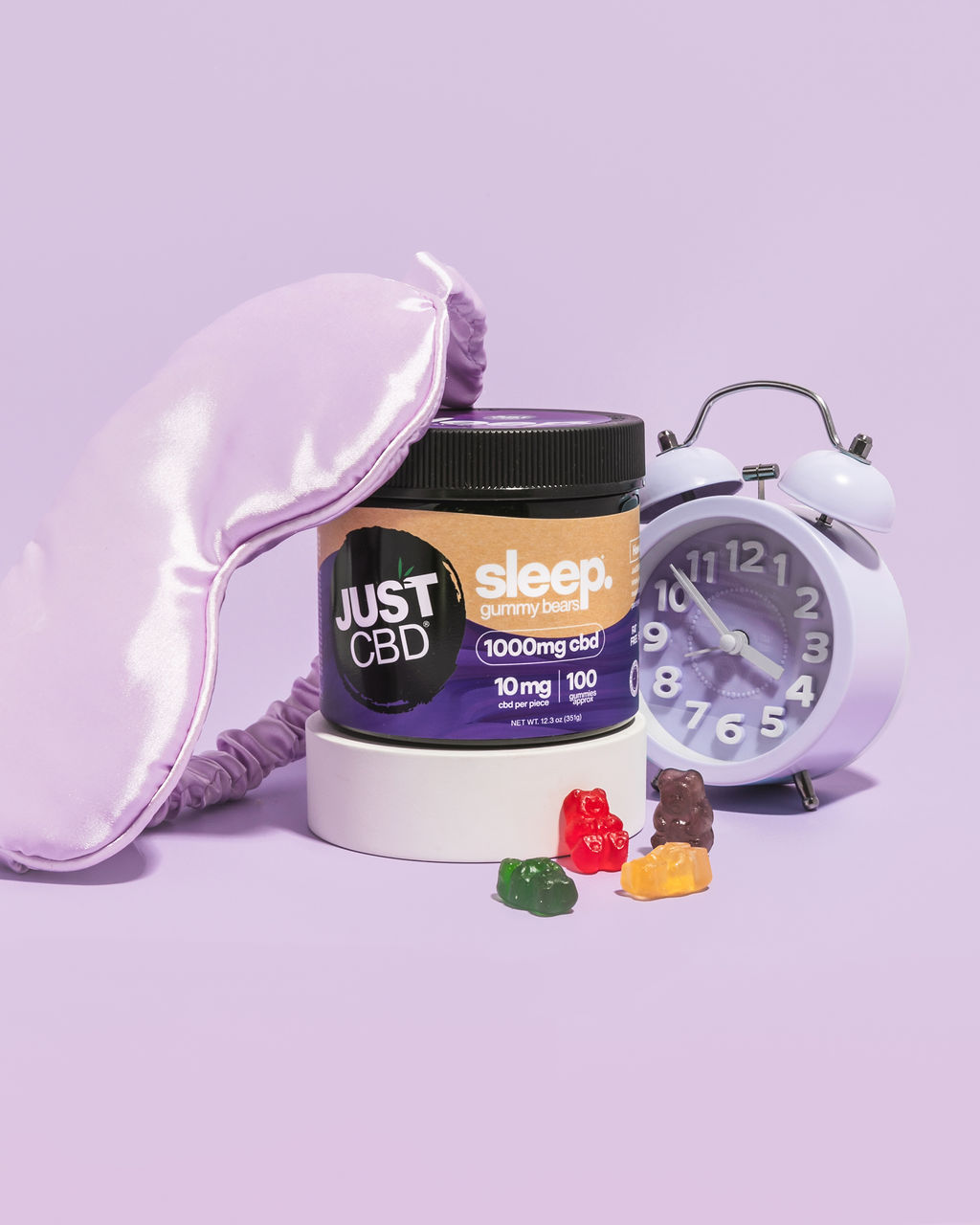How Kratom Gummies Can Help You Manage Stress
Benefits of Kratom for Stress Management
Stress has become an inescapable part of modern life, leaving many searching for effective ways to find relief. Kratom, a tropical tree native to Southeast Asia, has gained attention for its potential stress-reducing properties. With growing popularity, kratom gummies offer a convenient and palatable way to experience these potential benefits.
Kratom’s Effects on the Nervous System
Kratom, a tropical tree native to Southeast Asia, has gained attention for its potential benefits in stress management. The plant’s leaves contain alkaloids, including mitragynine and 7-hydroxymitragynine, which interact with opioid receptors in the brain. These interactions can produce a range of effects, including pain relief, mood elevation, and relaxation.
When it comes to stress management, kratom may help by promoting a sense of calm and reducing anxiety. Some individuals report that kratom helps them cope with daily stressors and promotes feelings of well-being. However, it’s important to note that these effects can vary from person to person, and research on kratom’s efficacy for stress management is still limited.
Kratom’s effects on the nervous system are complex and not fully understood. It appears to have both stimulating and sedative properties, depending on the dosage consumed. At lower doses, kratom may enhance energy levels and alertness, while at higher doses it can induce sedation and relaxation. The alkaloids in kratom interact with opioid receptors in the brain, which play a role in regulating mood, pain perception, and stress response.
Mood Regulation and Anxiety Relief
Kratom, a tropical tree native to Southeast Asia, has gained popularity for its potential benefits in managing stress, regulating mood, and relieving anxiety. The leaves of the kratom tree contain compounds that interact with opioid receptors in the brain, producing effects similar to pain relievers and stimulants.
Studies suggest that kratom may help reduce stress by promoting relaxation and a sense of well-being. Its calming effects can counteract the physiological symptoms of stress, such as increased heart rate and muscle tension. Additionally, kratom may help regulate mood by influencing neurotransmitters like serotonin and dopamine, which play a role in feelings of happiness and contentment.
For individuals struggling with anxiety, kratom may offer temporary relief by reducing feelings of worry and apprehension. It can also help alleviate the physical symptoms of anxiety, such as trembling and restlessness. However, it’s important to note that kratom is not a cure for anxiety disorders and should be used in conjunction with other treatment approaches.
Pain Management as a Stress Reducer
Kratom, an evergreen tree native to Southeast Asia, has gained recognition for its potential in stress and pain management. Its leaves contain alkaloids that interact with opioid receptors in the brain, producing effects ranging from mild stimulation to relaxation and pain relief.
For stress management, kratom is believed to exert calming and anxiolytic effects. Users often report feeling a sense of tranquility and reduced anxiety after consuming kratom. This can be particularly helpful for individuals struggling with daily stressors or chronic anxiety disorders.
Moreover, kratom’s pain-relieving properties can indirectly contribute to stress reduction. By alleviating physical discomfort, kratom can lessen the mental burden associated with pain, allowing the mind to relax and de-stress more effectively.
How Kratom Gummies Work
Kratom gummies offer a convenient and discreet way to experience the potential stress-relieving benefits of kratom.
Absorption and Bioavailability
Kratom gummies combine the purported stress-relieving effects of kratom with the ease of consumption of a gummy candy. They work by delivering mitragynine and 7-hydroxymitragynine, the primary alkaloids in kratom, into the bloodstream.
- Upon ingestion, kratom gummies dissolve in the digestive system, releasing the alkaloids.
- These alkaloids are then absorbed through the intestinal wall and enter the bloodstream.
- Once in the bloodstream, mitragynine and 7-hydroxymitragynine travel to the brain and interact with opioid receptors, producing a range of effects that may include reduced anxiety, pain relief, and mood elevation.

Dosage and Administration
Kratom gummies offer a convenient method for consuming kratom extract. These gummies typically contain standardized doses of kratom powder or extract, allowing for more precise dosing compared to traditional methods like chewing leaves.
Starting with a low dose is essential when trying kratom for the first time, as individual sensitivity can vary. A common starting dose for stress management is between 1-3 grams of dried kratom leaf or its equivalent in extract form. It’s important to monitor your body’s response and adjust the dosage accordingly.
Kratom gummies are generally taken orally. Begin by dissolving one gummy under the tongue, allowing it to absorb slowly. Alternatively, you can swallow the gummy whole. Depending on the desired effect and individual tolerance, kratom gummies may be consumed once or twice daily.
Choosing High-Quality Kratom Gummies
Choosing high-quality kratom gummies is crucial for maximizing their potential benefits. With various brands and products available, discerning quality can be challenging.
Reputable Brands and Suppliers
When seeking kratom gummies for stress management, choosing high-quality products from reputable brands is crucial for ensuring both safety and effectiveness.
- Research and select brands known for their quality control, sourcing practices, and third-party lab testing. Look for certifications like GMP (Good Manufacturing Practices) to indicate adherence to strict quality standards.
- Check online reviews from other users to gauge the brand’s reputation and product satisfaction. Pay attention to reviews that specifically mention stress relief benefits.
- Examine the ingredient list carefully, ensuring that the gummies contain pure kratom extract and avoid artificial additives, fillers, or harmful substances.
- Consider the dosage per gummy and start with a low dose to assess your individual tolerance and desired effects. Gradually increase the dosage as needed.
Testing for Purity and Potency

Choosing high-quality kratom gummies is crucial for ensuring safety and effectiveness. Look for products from reputable brands that prioritize transparency and quality control. Check for third-party lab testing results, which verify the purity and potency of the gummies. These tests should confirm the absence of contaminants like pesticides, heavy metals, and bacteria.
Pay attention to the kratom strain used in the gummies. Different strains exhibit varying effects. For stress management, strains known for their calming and relaxing properties, such as Maeng Da or Thai, may be more suitable.
The dosage of kratom in each gummy should be clearly stated on the label. Start with a low dose and gradually increase it until you find what works best for you. Remember that individual responses to kratom can vary widely.
Always consult with a healthcare professional before using kratom, especially if you have any underlying health conditions or are taking medications.
Ingredients List and Transparency
When choosing kratom gummies for stress management, it’s crucial to prioritize quality and transparency. Look for products from reputable brands that provide detailed ingredient lists. A good quality product will clearly list the specific types and amounts of kratom alkaloids present, as well as any other ingredients used in the gummy formulation.
Transparency extends beyond just the ingredient list. Reputable brands often offer information about their sourcing practices, extraction methods, and third-party lab testing. This information allows consumers to make informed decisions based on the product’s quality and safety.
Be wary of gummies that lack detailed ingredient information or make unsubstantiated claims about their effects. It’s essential to choose products from brands that prioritize transparency and quality control.
Potential Side Effects and Precautions
While kratom gummies offer a potentially helpful approach to managing stress, it’s crucial to be aware of potential side effects and precautions. Like any substance, kratom can cause adverse reactions in some individuals. These may include nausea, dizziness, constipation, or drowsiness. It’s essential to consult with a healthcare professional before using kratom, especially if you have pre-existing medical conditions, are pregnant or breastfeeding, or are taking other medications.
Common Side Effects and Their Management
Potential side effects of kratom include nausea, vomiting, constipation, dizziness, and headaches. In some cases, kratom may also cause drowsiness, itching, and sweating. It’s important to note that these side effects are often dose-dependent and may be mitigated by starting with a low dose and gradually increasing it as needed.
Kratom can interact with certain medications, including opioids, antidepressants, and blood thinners. If you are taking any medications, it is essential to consult with your healthcare provider before using kratom.
Common side effects of kratom can be managed by starting with a low dose, staying hydrated, and avoiding alcohol and other substances that may interact with kratom.
Interactions with Medications and Other Substances
It’s important to be aware of potential side effects associated with kratom use. Some individuals may experience nausea, dizziness, constipation, or drowsiness. Higher doses can lead to more severe effects such as sedation, confusion, and respiratory depression.
Kratom can interact with certain medications, including opioids, antidepressants, and benzodiazepines. It’s crucial to consult with a healthcare professional before using kratom if you are taking any prescription or over-the-counter drugs to avoid potentially dangerous interactions.
Pregnant and breastfeeding women should avoid kratom due to the lack of research on its safety during these stages.
Individuals with pre-existing health conditions, such as liver disease or addiction disorders, should exercise caution and consult a doctor before using kratom.
Contraindications and Who Should Avoid Kratom Gummies
Kratom gummies, like all forms of kratom, can have potential side effects. These may include nausea, dizziness, constipation, and itching. Some people may also experience more serious side effects, such as seizures, respiratory problems, or dependence.
It is important to use kratom gummies with caution and start with a low dose to assess your tolerance.
Kratom can interact with certain medications, including opioids, antidepressants, and blood thinners.
If you are taking any medications, talk to your doctor before using kratom gummies.
People with pre-existing liver or kidney conditions should avoid kratom as it may put extra strain on these organs.
Pregnant and breastfeeding women should also avoid kratom due to the lack of safety information regarding its effects on infants.
Individuals with a history of substance abuse disorders should be particularly cautious with kratom, as it has the potential for dependence and addiction.
Conclusion
In conclusion, kratom gummies offer a potentially beneficial avenue for managing stress. Their convenient form and the potential calming effects of kratom alkaloids may provide relief from daily stressors. However, it’s crucial to remember that research on kratom’s efficacy for stress is still limited and individual responses can vary significantly.
Choosing high-quality gummies from reputable brands and starting with a low dose are essential steps in ensuring safety and effectiveness. Consulting a healthcare professional before using kratom, especially if you have underlying health conditions or take medications, is always advisable.
Kratom Gummies with proven benefits
Continue your read here
See the entire opinion here










